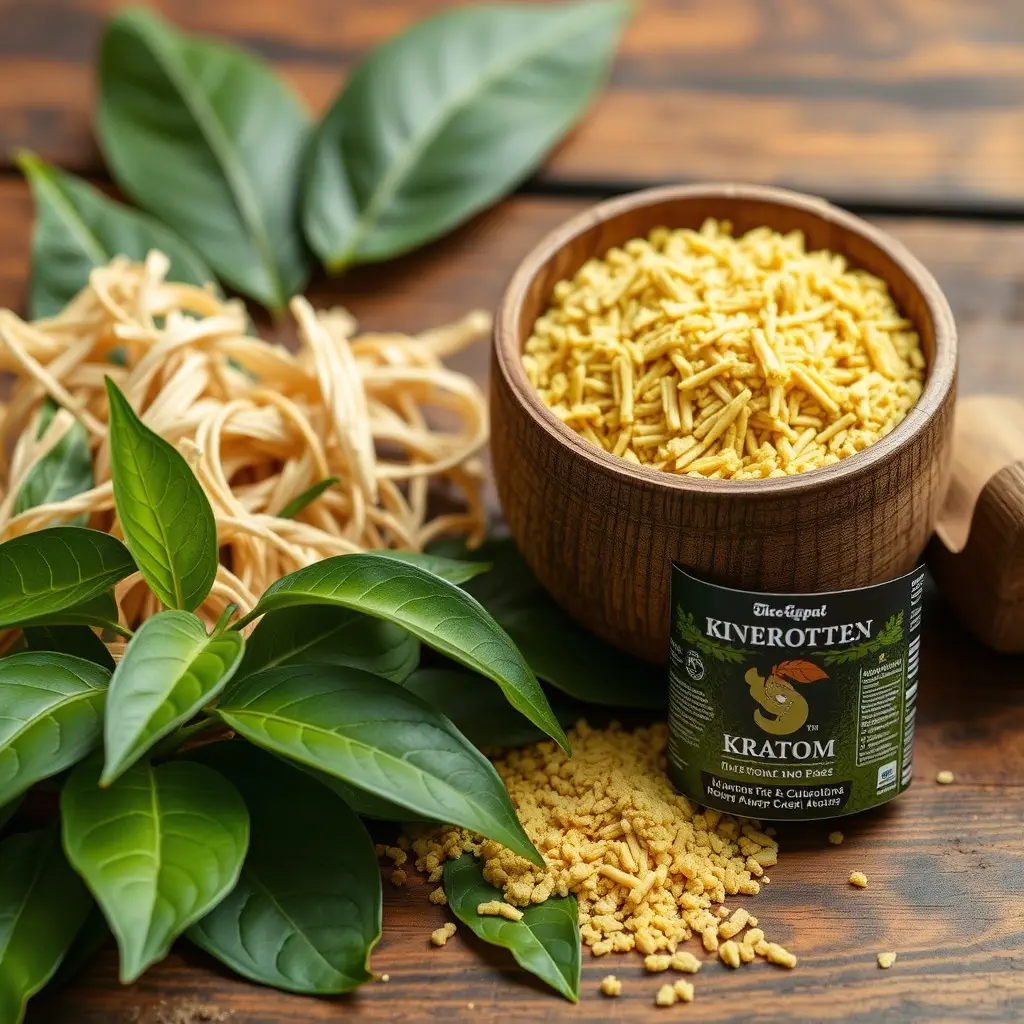Kratom (Mitragyna speciosa), a tropical plant native to Southeast Asia, has gained attention for its potential therapeutic properties in injury prevention and management. Its active compounds interact with opioid receptors, offering pain relief similar to opioids but with fewer adverse effects. The US Army has conducted studies on kratom's analgesic properties and tested its use among personnel, suggesting benefits for acute and chronic pain, mobility, and quality of life. However, more research is needed to fully understand its effects and establish dosage guidelines. The army tests for various substances, including potential misuse risks associated with kratom, as they explore alternative treatments for battlefield injuries.
Injury prevention and management are paramount, especially within high-risk environments. This article explores an unexpected ally in the fight against injuries: kratom. We delve into its properties, potential benefits for injury care, and its specific applications in treating common military injuries. With increasing interest in kratom’s use, understanding the current landscape is crucial. Notably, we examine whether the Army tests for kratom, providing insights into future implications and safety considerations surrounding this natural remedy.
- Understanding Kratom: Properties and Potential Benefits for Injury Management
- The Role of Kratom in Preventing and Treating Common Military Injuries
- Does the Army Test for Kratom? Exploring the Current Landscape and Future Implications
Understanding Kratom: Properties and Potential Benefits for Injury Management
Kratom, scientifically known as Mitragyna speciosa, is a tropical plant native to Southeast Asia. It has gained significant attention for its potential therapeutic properties in injury prevention and management. The primary active compounds in kratom are alkaloids, including mitragynine and 7-hydroxymitragynine, which interact with opioid receptors in the brain, offering pain relief similar to opioids but with fewer adverse effects.
Injury recovery is a complex process, and kratom may provide a natural approach to aid in this journey. Military personnel, in particular, have shown interest in kratom as a potential alternative to prescription opioids for managing pain associated with injuries. The US Army, among other branches, has conducted studies and tested the efficacy and safety of kratom as a non-pharmaceutical intervention. Early research suggests that kratom’s analgesic properties could be beneficial in reducing acute and chronic pain, enhancing mobility, and improving overall quality of life for injured individuals. However, more extensive research is needed to fully understand its effects and establish appropriate dosage guidelines.
The Role of Kratom in Preventing and Treating Common Military Injuries
Kratom, a natural herb with a rich history in traditional medicine, has gained attention for its potential in injury prevention and management, especially among military personnel. Common injuries faced by soldiers on the battlefield often include muscle strains, sprains, and pain from impact or prolonged physical exertion. Kratom’s analgesic (pain-relieving) properties have shown promise in reducing these types of pain, making it a topic of interest for military healthcare providers.
The US Army, recognizing the need for alternative treatments, has been investigating various complementary therapies, including kratom. While there is ongoing research, initial studies suggest that kratom may offer benefits in managing post-traumatic pain and improving recovery times. As part of their comprehensive approach to soldier welfare, some units have incorporated kratom into their medical protocols, providing a natural solution for common injuries. However, it’s essential to note that proper testing and regulation are crucial, especially with the potential for misuse, and the Army does conduct tests for kratom usage among its personnel, ensuring safety and effectiveness.
Does the Army Test for Kratom? Exploring the Current Landscape and Future Implications
The United States Army, like many other branches of the military, has strict policies regarding substance use and testing. While there is no specific mention of kratom in their drug testing guidelines, the army does conduct regular tests for various substances, including those with potential therapeutic benefits that could impact mission readiness. The current landscape suggests a growing interest in understanding the effects of kratom on soldiers’ performance and well-being.
Recent studies have explored the potential of kratom as an alternative treatment for pain management and anxiety reduction among military personnel. However, there is a lack of comprehensive research on its long-term effects and safety within the military context. As such, the Army’s approach to testing kratom may evolve in response to emerging evidence and feedback from healthcare professionals. Future implications could include updated drug screening protocols, targeted educational programs, or even the integration of kratom as a regulated supplement to complement traditional injury prevention and management strategies.
Kratom’s potential in injury prevention and management, particularly within military contexts, is a growing area of interest. Its natural pain-relieving and anti-inflammatory properties offer promising alternatives for treating common injuries. While questions remain regarding its long-term effects, the current landscape suggests kratom could be a valuable tool in reducing reliance on prescription opioids. Given the lack of comprehensive research, further studies are needed to explore its full potential. Regarding concerns about military use, understanding whether the Army tests for kratom is crucial. Awareness of its presence and effects can ensure safe and informed decisions among service members, fostering a culture of wellness and injury prevention.






